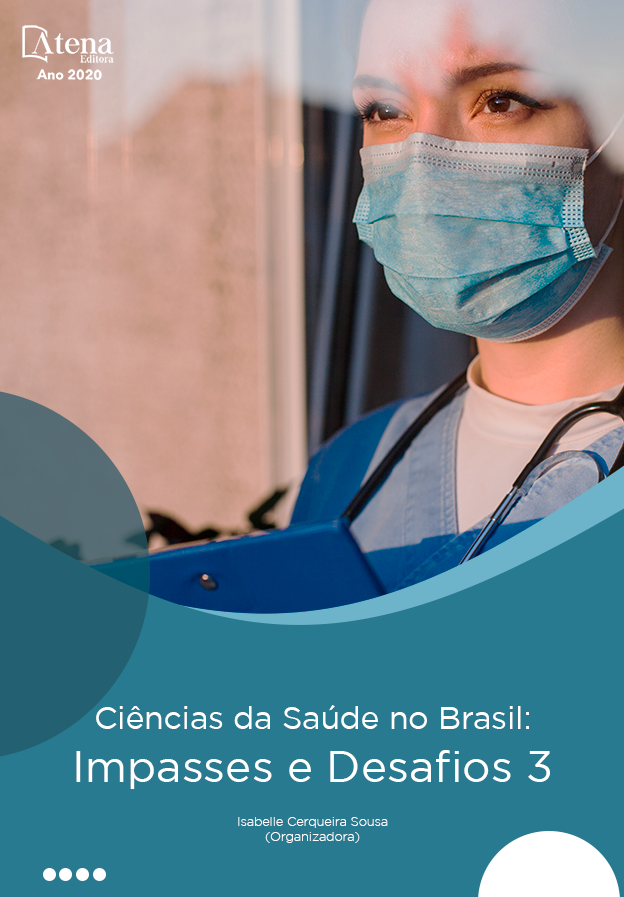
BRAZILIAN SOCIAL MEDIA IN THE DISSEMINATION OF (MIS) INFORMATION ON GESTATIONAL DIABETES MELLITUS
O Diabetes Mellitus Gestacional (DMG) é um problema metabólico que pode acometer 25% das gestantes e exige orientações seguras. Assim, o objetivo deste estudo foi avaliar o uso de vídeos brasileiros do YouTube como fonte de informação sobre o DMG. Trata-se de uma pesquisa do tipo transversal, observacional e de abordagem quantitativa. Os dados foram coletados no YouTube em 16 de fevereiro de 2020 usando o termo “diabetes mellitus gestacional”. Os duzentos primeiros vídeos mais assistidos foram considerados e avaliados por duas pesquisadoras. Foram excluídos os vídeos não gravados em português do Brasil, não relacionados ao DMG, duplicados, e aqueles com mais de 30 minutos. Cada vídeo foi assistido e avaliado quanto à audiência, duração, idioma, área de domínio, origem, intenção e qualidade do conteúdo. Com um instrumento composto por critérios de qualidade, o conteúdo dos vídeos foi classificado quanto à utilidade para informar o público sobre o DMG. A estatística descritiva foi utilizada e o valor de p≤0,05 foi considerado significativo. A busca resultou 424 vídeos, dos quais 200 foram pré-selecionados. Destes, 28 foram assistidos e analisados, sendo 64,3% classificados como pouco útil e 35,7% como útil. Não houve diferenças estatísticas significativas entre nenhuma das variáveis analisadas no estudo. No entanto, a maior parte dos vídeos da classificação útil teve como origem os profissionais de saúde. Por outro lado, os leigos representaram a origem com maior número total de vídeos do estudo, e com maior número de vídeos da categoria pouco útil. Em conclusão, evidenciou-se grande alcance do YouTube no compartilhamento de vídeos brasileiros sobre DMG. Além disso, a principal origem dos vídeos úteis foi a categoria composta por profissionais de saúde. No entanto, a maioria dos vídeos tem conteúdo pouco útil e origem de leigos. Portanto, os vídeos analisados neste estudo não podem ser considerados como boa fonte de informação sobre o DMG. Destaca-se que os profissionais de saúde no Brasil têm o YouTube como uma excelente ferramenta pública a ser explorada para oferecer informação útil sobre o DMG e combater a desinformação nesta mídia social.
BRAZILIAN SOCIAL MEDIA IN THE DISSEMINATION OF (MIS) INFORMATION ON GESTATIONAL DIABETES MELLITUS
-
DOI: 10.22533/at.ed.2522025097
-
Palavras-chave: Tecnologia em saúde. Redes sociais. Vídeos. Diabetes gestacional. YouTube.
-
Keywords: Health technology. Social networks. Videos. Gestational diabetes. YouTube.
-
Abstract:
Gestational Diabetes Mellitus (DMG) is a metabolic problem that can affect 25% of pregnant women and requires safe guidance. Thus, the objective of this study was to evaluate the use of Brazilian YouTube videos as a source of information on DMG. This is a cross-sectional, observational and quantitative approach. The data was collected on YouTube on February 16, 2020, using the term “gestational diabetes mellitus”. The first two hundred most watched videos were considered and evaluated by two researchers. Duplicate videos not recorded in Brazilian Portuguese, unrelated to DMG, and those older than 30 minutes were excluded. Each video was watched and evaluated regarding the audience, duration, language, domain area, origin, intention, and quality of the content. With an instrument composed of quality criteria, the content of the videos was classified as to the usefulness to inform the public about the DMG. Descriptive statistic was used and the value of p≤0.05 was considered significant. The search resulted in 424 videos, of which 200 were pre-selected. Of these, 28 were assisted and analyzed, with 64.3% being classified as not very useful and 35.7% as being useful. There were no statistically significant differences between any of the variables analyzed in the study. However, most of the videos of the useful classification originated from health professionals. On the other hand, laypeople represented the source with the highest total number of videos in the study, and with the highest number of videos in the category of little use. In conclusion, there was a wide reach of YouTube in sharing Brazilian videos about DMG. In addition, the main source of useful videos was the category composed of health professionals. However, most of the videos have little useful content and come from laypeople. Therefore, the videos analyzed in this study cannot be considered as a good source of information about DMG. It is noteworthy that health professionals in Brazil have YouTube as an excellent public tool to be explored to offer useful information about DMG and to combat misinformation in this social media.
-
Número de páginas: 17
- Luana Aparecida Soares
- Juliana Pereira Silva
- Cíntia Lacerda Ramos
- Edson da Silva


